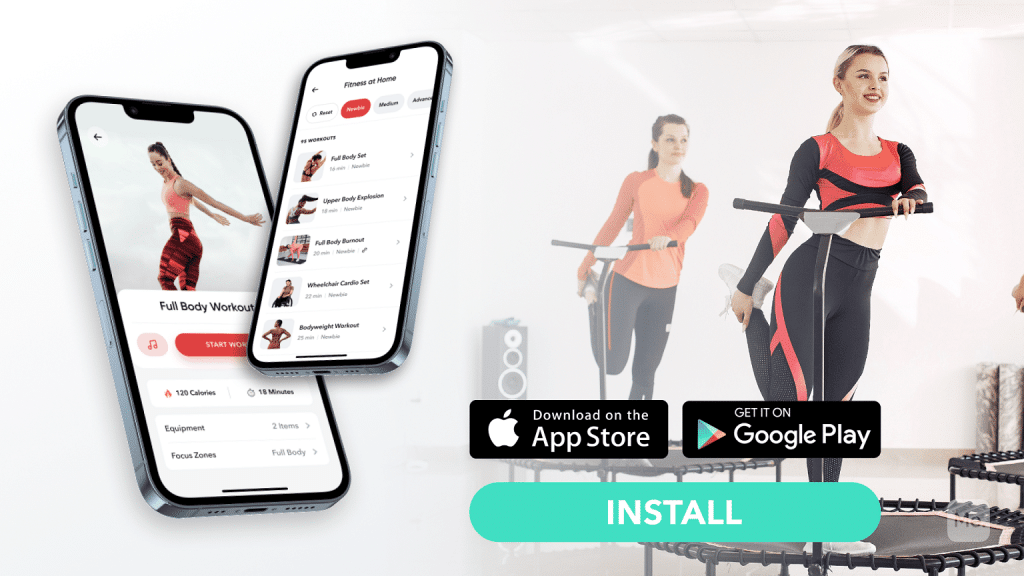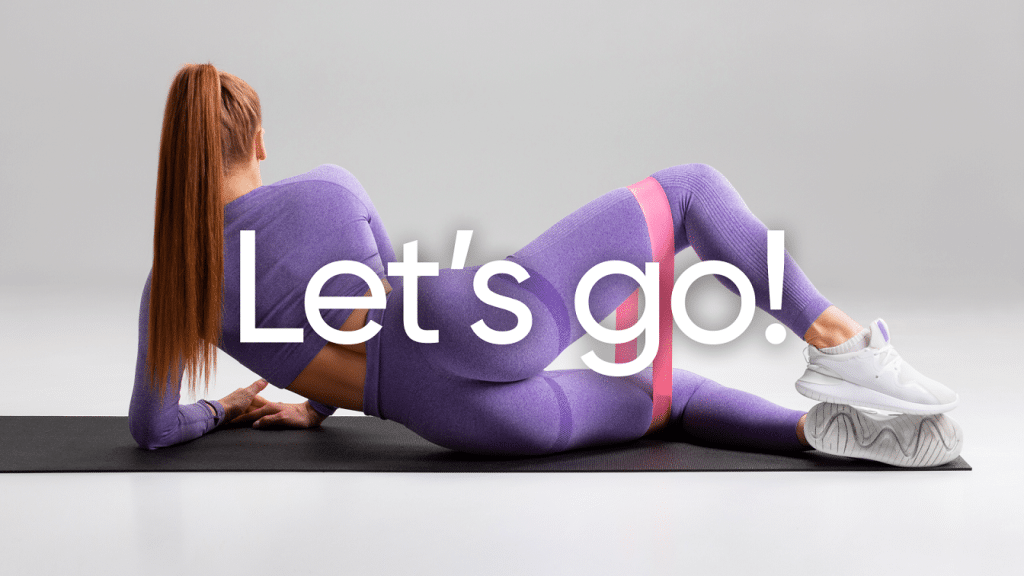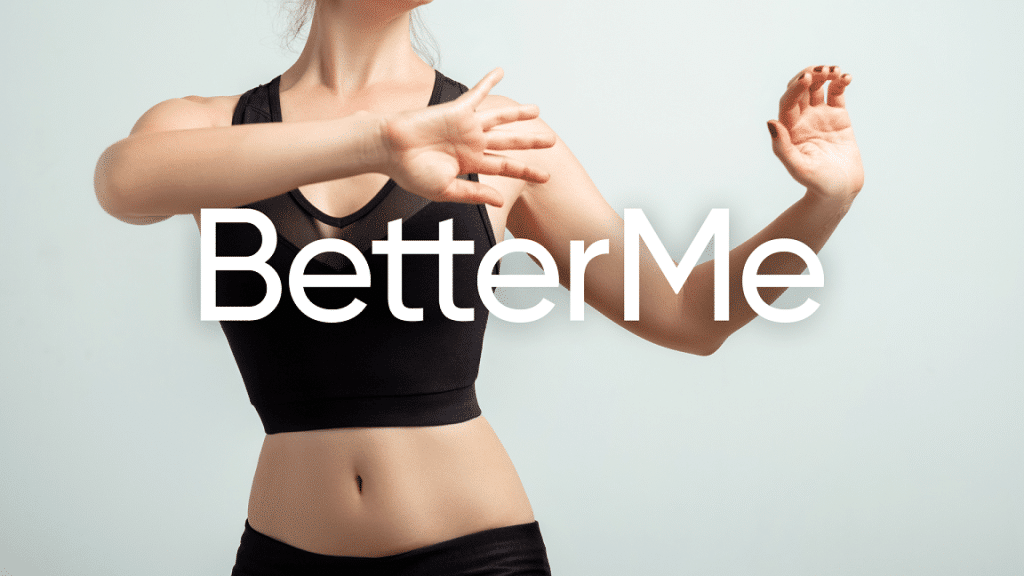If you are just getting into the fitness world – or have been in it for a while and are still learning the ropes – then you may only have heard of the importance of stretching. While stretching is not as popular as things like HIIT or the ins and outs of weight lifting, it is still a very important part of exercising and above all, injury prevention. Like all other types of training programs, there are different types of stretching exercises, all meant to help you and your body (especially the muscles) in different aspects. In today’s article, we shall be familiarizing you with the distinct types of stretching exercises that you can do to ensure that you are flexible enough during your workout and that your muscles are limber enough afterward to enable you to continue your day.
What Are The Benefits Of Stretching?
Before getting into all the individual types of exercises, what are the benefits of this exercise? According to the MayoClinic and an article by Harvard Medical School, the biggest benefit of stretching exercises is improved flexibility (3). When you are more flexible, the range of motion in your muscles and joints also increases, which further leads to:
- Improved posture
- Increased performance in physical activities – which is very important to gym goers looking to get stronger
- Improved circulation especially to your muscles
- Reduced risk of injury
- Improved ability to do basic daily activities
- Improved balance and coordination
Because stretching can be meditative, it is also said to relieve stress, help calm the mind, and may also help relieve headaches caused by tension and stress.
What Are The 7 Different Types Of Stretches?
What are the types of stretching? The question of how many types of stretches exist is one that is constantly debated all over the fitness industry. While some claim that there are 5 types of stretching exercises, others claim that there are only 4 or sometimes just three types of stretching exercises.
However, according to the Massachusetts Institute of Technology, there are seven different types of stretching exercises. They include (4)
- Static stretching
- Dynamic stretching
- PNF stretching
- Active stretching
- Passive stretching
- Ballistic stretching
- Isometric stretching
Read More: Static Vs Dynamic Stretching: Understanding The Difference
Static Stretching
Of all the types of stretching exercises available, static stretches are probably the most commonly known and used stretches by many people. Static stretches are done when either lying down, sitting, or standing still and holding a single position for up to 45 seconds. You stretch a muscle to its furthest point and then maintain that stretch/position without moving for up to 45 seconds.
These types of stretches are often done after a workout as part of your cool down routine and are said to help minimize your risk of injury (2). A great example of static stretching is bending over and touching your toes.
Dynamic Stretching
Unlike static stretches that are meant to be done at the end of the workout, dynamic stretches are the opposite and are often done at the beginning of your session as your warm up. Dynamic stretching is described as the type of stretching that involves actively moving your joints and muscles through a full range of motion.
These movements are often slow and controlled which enables the given muscles and joints to smoothly go through the range of motion throughout the stretch. Like static stretches, dynamic stretches also lower your risk of injury as well as improving your speed, agility, acceleration and overall athletic performance (3).
Passive Stretching
Also known as relaxed stretching, it is a form of static stretching that is done with some assistance. You get into your stretch position of choice then with the assistance of another body part, a friend/workout partner, or a stretching apparatus e.g yoga straps, you hold this position for up to 45 seconds.
Like static stretching, passive stretching is often done during the cool down portion of a workout session as it helps lower the risk of injury as well as muscle fatigue or soreness. These types of stretching exercises are also highly recommended to persons recovering from a muscle injury as they are quite effective in relieving muscle spasms.
Active Stretching/Active-Passive Stretching
Like passive stretching in the section above, this kind of exercise is also a form of static stretching. Unlike passive stretches – where the resistance for the stretch is provided by an external force, in this one the individual and agonist muscles provide the resistance needed.
An agonist muscle is one that contracts to provide the force/resistance to move or rotate a bone through the joint. It provides an opposite action to the action of another muscle to make a movement/stretch possible.
An active stretch would be simply lying on the floor and lifting your leg to stretch the hamstring. In this position, your hip flexors and core are the agonist muscles that help keep the leg elevated and the hamstring stretched.
Active-passive stretches are a great way to strengthen and work on the flexibility of multiple muscles at the same time.
BetterMe app will provide you with a host of fat-frying fitness routines that’ll scare the extra pounds away and turn your body into a masterpiece! Get your life moving in the right direction with BetterMe!
Ballistic Stretching
Think of ballistic stretching as a step above dynamic stretching. In dynamic stretching, the goal is to smoothly move your joints and muscles through their normal range of motion. In ballistic stretching, you are required to push your muscle or limb beyond its normal range of motion – as far as you can without causing pain or discomfort.
While ballistic stretching is one of the most known types of stretches, people are often discouraged from trying them as there is a very high risk of injury due to movements being very ‘jerky’ and causing the muscles to spring a lot. If they have to be done, they should be under the direct supervision of an expert.
Isometric Stretching
This is described as a form of static stretching that involves the resistance of muscle groups through the tensing of the stretched muscles. In simpler terms, isometric stretching exercises are those that require the contraction of muscles without any movement in the surrounding joints (1).
Basically, you hold your body (muscles) in a certain position for a while without moving any joints. According to Medical News Today, holding this position – with or without weights – causes tension/contraction in the muscle which then allows more blood flow to the muscle in question, creating a metabolic stress which helps improve the muscles’ strength and endurance.
Some examples of isometric stretches/exercises include planks, squats, pullups and glute bridges.
PNF Stretching
Proprioceptive Neuromuscular Facilitation (PNF), a technique that combines both passive and isometric stretching in order to achieve maximum static flexibility. With PNF stretching you first passively stretch a muscle group, then in the same stretched position contract it isometrically against a resistance and then finally passively stretch it again.
This form of stretching can be done using 3 techniques that include the hold-relax, hold-relax-contract, or the hold-relax-swing. Like ballistic stretching, experts advise that PNF stretching techniques should only be done under supervision as they have a higher risk of injury.
Read More: Static Stretches: The Five Must Haves In Your Stretching Routine
FAQs
What Are The 4 Main Types Of Stretching?
While we have seven types of stretching exercises listed above, some people claim that because active, passive and isometric stretches are considered forms of static stretching, they are not exactly main types of stretches.
In this case, the 4 main types of stretching exercises would be static, dynamic, ballistic and PNF stretching.
What Are 10 Stretching Exercises?
If you are interested in improving your flexibility, here are some basic stretching exercises to do everyday
- Neck stretch – This is especially important for office workers or those who sit at their desk/computer all day.
- Hamstring stretch – If your preferred exercise is running/ walking or you are about to do some leg day workouts, making sure that your hamstrings are flexible will save you a lot of pain and soreness later on.
- Chest stretch – Tight chest muscles are said to be a cause of shoulder pain, neck pain, difficulty taking deep breaths, and difficulty lifting heavy things.
- Tricep stretch – Any upper body exercises will include this muscle and so you must make sure that it is flexible enough to endure your workout.
- Calves stretches – If you want to keep your achilles safe, stretch your calves. Tight calf muscles can also lead to other kinds of foot and leg pain/injuries.
- Knee-to-Chest stretch – A great lower body and back stretch that covers muscles in the spine and glutes.
- Shoulder stretch – Not only is it important for flexibility when doing upper body workouts – or in daily life when lifting heavy things, it also helps relieve any tension you may have in the body.
- Wrists stretch – This is an important stretch for anyone who spends their days writing or typing a lot. It is also important for people who lift very heavy weights.
- Quad stretch.
- Hip Flexors stretch – Hip flexors are used in everyday life and when doing lower body workouts so make sure that they are flexible enough.
Betterme will keep you laser-focused on your weight loss journey! Nutrient-packed meal plans, fat-blasting workouts, galvanizing challenges and much more. Try using the app and see for yourself!
The Bottom Line
All these types of stretching exercises are done to ensure that you are flexible enough not only in the gym but also in day to day life. They ensure that your muscles are not tight, warm and have enough blood flow to support you through your day-to-day activities.
With this in mind, always make sure to give at least 15 minutes of your day to stretching whether you are working out or not. Static and dynamic stretches are some of the easiest stretches out there with numerous benefits. Try them today!
Get your personalized
meal plan!
DISCLAIMER:
This article is intended for general informational purposes only and does not serve to address individual circumstances. It is not a substitute for professional advice or help and should not be relied on for making any kind of decision-making. Any action taken as a direct or indirect result of the information in this article is entirely at your own risk and is your sole responsibility.
BetterMe, its content staff, and its medical advisors accept no responsibility for inaccuracies, errors, misstatements, inconsistencies, or omissions and specifically disclaim any liability, loss or risk, personal, professional or otherwise, which may be incurred as a consequence, directly or indirectly, of the use and/or application of any content.
You should always seek the advice of your physician or other qualified health provider with any questions you may have regarding a medical condition or your specific situation. Never disregard professional medical advice or delay seeking it because of BetterMe content. If you suspect or think you may have a medical emergency, call your doctor.
SOURCES:
- Brief Review: Effects of Isometric Strength Training on Strength and Dynamic Performance (2019, pubmed.ncbi.nlm.nih.gov)
- Static vs. Dynamic Stretching: What Are They and Which Should You Do? (2021, hss.edu)
- The importance of stretching (2022, health.harvard.edu)
- Types of Stretching (n.d., web.mit.edu)












